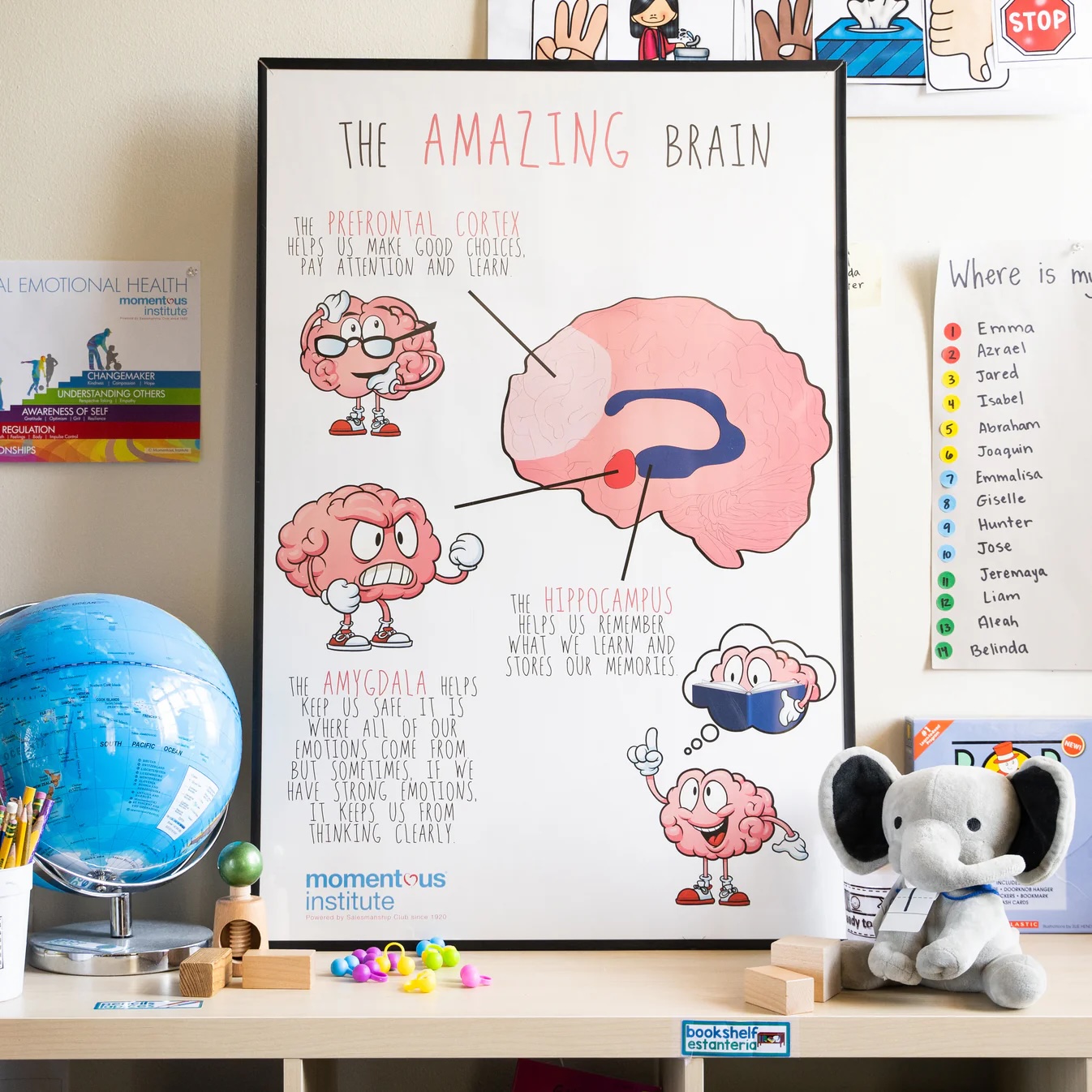“Once children have the impression of calming, even just while breathing, it’s like” Wow “,” said Rick Kinder, creator of an mindfulness program called “Wellness Works in Schools”, in an article by The Child Mind Institute.

At the Capital School, the brain conversations continue throughout the day, because teachers can be heard encouraging students to identify their emotions or ask: “What does your amygdal tell you at the moment?” According to Jessica Gomez, executive psychologist and director of the important institute, the non -profit organization of mental health based in Dallas which operates the school. (The amygdal treats emotions in the brain.)
Thanks to these frequent discussions and additional lessons on mental health and healthy relationships, teachers “try to normalize these things within the framework of the human condition in relation to something that stigmatizes,” said Gomez. The school also organizes regular parents evenings to educate families on the functioning of the brain and teach the emotional regulatory strategies that families can practice together at home.
The important school, launched in 1997 and is funded by philanthropic gifts, was developed to put into practice mental health and research on the brain sciences of the important institute and the Center for Brainhealth at the University of Texas in Dallas. A recent study by Mothipous and the Center for Brainhealth revealed that this approach could contribute to positive results for school graduates. Of the 73 students of the Capital School who obtained their secondary school diploma in 2016 to 2018, 97% obtained a secondary school diploma and 48% obtained a university diploma.
These results arise at a time when lessons on emotions, relationships and social conscience, often called social and emotional learning, have become a flash point in the wars of education and culture. Studies show that such lessons can improve academic results: other not affiliated researchers at the Capital School have also revealed that brain education can cause motivations to students and improve academic and social development.
While teachers and students return to school and face new routines and social situations, this is now the right time to establish relationships and even initiate young students of ideas on the functioning of their brain, said Gomez. Although many students to found challenges such as poverty have argued that the accent put by school on mental health and brain sciences helped families better cope with these pressures.
“The goal is not to never have stress in your life is to know what to do with it,” said Gomez. “Children and parents with agencies and tools help them know how to sail in life, which has a buffer effect on their brain.”
Contact the editor Jackie Mader at 212-678-3562 or Mader@hechingerreport.org.
This story on Neuroscience in education was produced by the Hechinger Report, an independent non -profit press organization focused on inequality and innovation in education. Register for the Hechinger bulletin.



